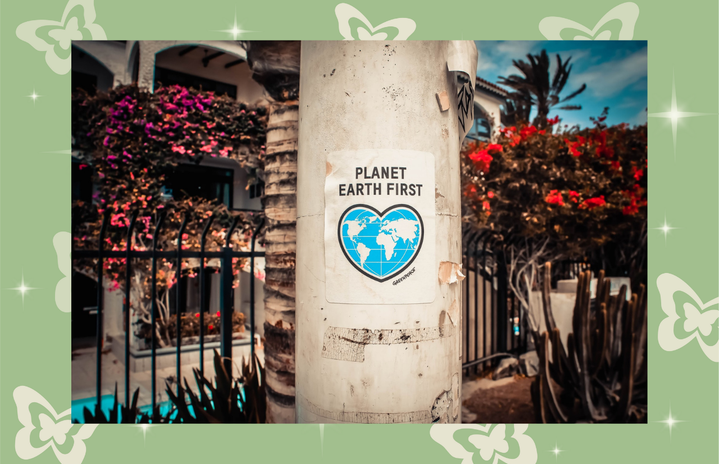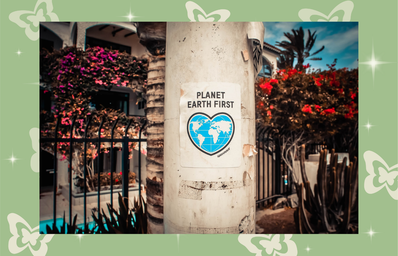Every year, we celebrate Earth Day on April 22. Many know Earth Day for the plethora of social media vacation pictures that take over the internet. While it is exciting to share beautiful nature pictures to recognize the day, Earth Day’s overwhelming social media presence reduces the true purpose and importance of the day. As a nature lover, I am a huge fan of Earth Day and find it imperative to share the story of its origin.
On April 22 in 1970, twenty million people engaged in a day of protest and action to demand environmental protection and broaden national attention to industrial pollution, marking the establishment of Earth Day. One of the events leading up to the founding of Earth Day was the Cuyahoga River fire. The Cuyahoga River caught on fire in 1969 due to the number of pollutants in the water. This event highlighted the injustices of chemical waste disposal. Additionally, in 1969, 3 million gallons of crude oil killed thousands of birds and sea animals as it spilled off the coast of Santa Barbara. While these events sparked environmental concern, they are only instances of a much longer history of environmental injustice.
Grassroots efforts were established long before 1970 by BIPOC communities and the working class, prompted by civil and women’s rights protests. These historically oppressed and economically exploited communities remain acutely impacted by environmental issues. Thus, intersectionality is crucial to environmentalism. The term environmental racism recognizes that environmental policy and rules are discriminatory and communities of color are targets of toxic waste facilities, landfills, and mines that pose serious health risks. The exclusion of individuals of color from environmental decision-making and leadership roles exacerbates these systematic issues. Earth Day and modern environmentalism continue to separate themselves from capitalism, racism, and oppression when discussing pollution and climate change. Conversations about racism and environmentalism need to be happening simultaneously because they are inextricably intertwined. When we advocate for the planet, let’s not forget to advocate for marginalized communities. The future of environmental activism must center around the intersection between race and the environment and be grounded in a fight for inclusion and justice.
Every year, Earth Day is a reminder to engage in community-based advocacy to create just environmental policies and practices and, in doing so, save our people and planet. So, let’s work towards creating positive change in our communities and stop ignoring Earth Day’s roots.


